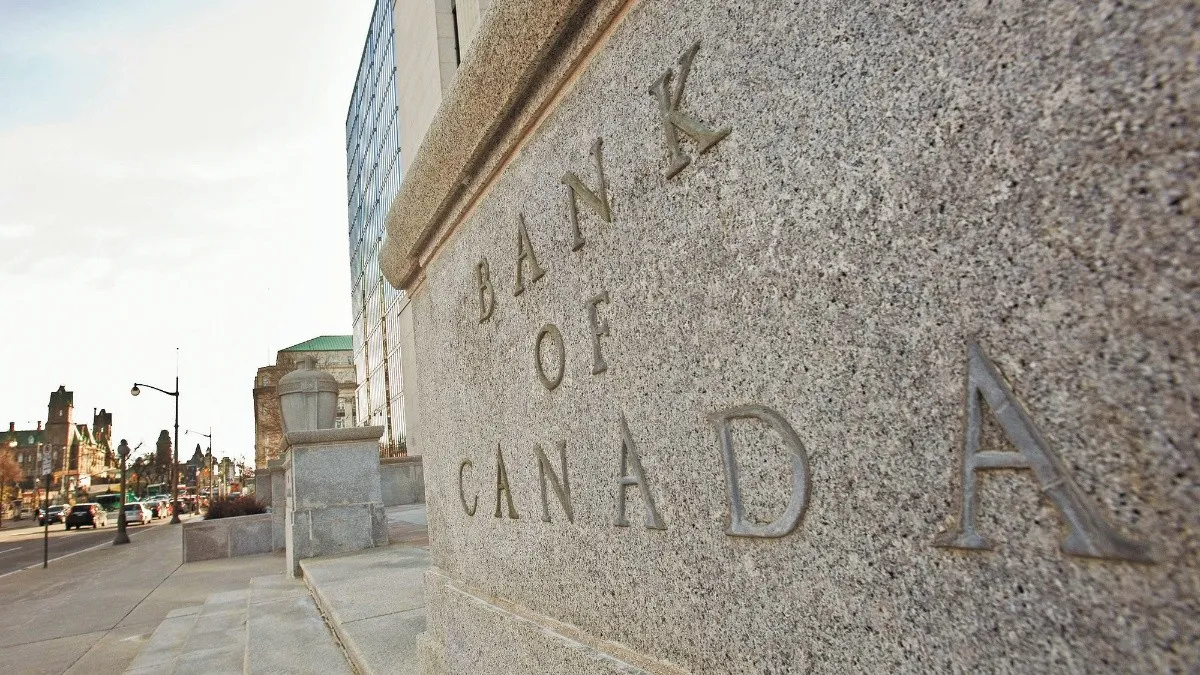The Bank of Canada has expressed growing concern about the burden of household debt and its sustainability as loans renew at higher rates. In the annual assessment of the country’s financial stability risks, known as the Financial System Review, the bank emphasizes the increasing risk associated with expanding mortgage debt.
In response to the pandemic, the Central Bank reduced its benchmark interest rate but raised it significantly. While controlling inflation, this measure negatively impacts variable-rate mortgages; as the interest rate rises from zero in early 2022 to the current 4.5%, it affects periodic payments and extends loan terms by several years.
Although only a quarter of mortgage holders have variable-rate loans, the rate hike dramatically affects payments, resulting in additional costs of thousands of dollars and prolonging the duration of loans. In 2019, less than 20% of new mortgages had terms exceeding 25 years, but in 2022, almost half of these loans extend for longer periods.
I have concerns about the potential impact as mortgages renew in the coming years. Furthermore, declining home prices reduce homeowners’ equity, signaling financial strain, especially among recent buyers.
The average debt service ratio, representing the percentage of a household’s income allocated to mortgage payments, reached a historic high of over 19% last year. The rate of mortgages with debt service ratios exceeding 25% surged from 12% in 2021 to 29% by the end of 2022.
Despite Canadians’ historical ability to manage their debts despite challenging circumstances, a severe and prolonged recession could increase mortgage payment defaults, resulting in significant credit losses for lenders.
In a recent decision, the Bank of Canada chose to keep its benchmark rate unchanged after a year of aggressive increases aimed at controlling inflation. However, achieving the 2% inflation target may prove challenging. This phenomenon’s acceleration and signs of real estate market recovery could prompt the Central Bank to reconsider another rate hike this summer.
The global increase in interest rates contributes to financing scarcity and rising costs for Canadian banks, mainly through wholesale financing channels. Episodes of market tension could further raise financing costs and restrict banks’ ability to provide liquidity, putting their balance sheets to the test during a severe recession.
The annual assessment of the country’s financial stability risks also highlights concerns about cyberattacks and the need for financial institutions to prepare for potential disruptions.
To mitigate mortgage debt risks, the Bank of Canada urges financial entities to ensure borrowers can withstand interest rate increases through stricter requirements and showcases the importance of financial education for borrowers to make informed decisions and understand risks and proper financial management.
The analyst draws attention to the growing concern about household indebtedness and its potential impact on the financial stability of Canada. “While the banking sector remains sound, the Financial System Review emphasizes the need to stay vigilant and take proactive measures to address the risks associated with the increase in mortgage debt.



